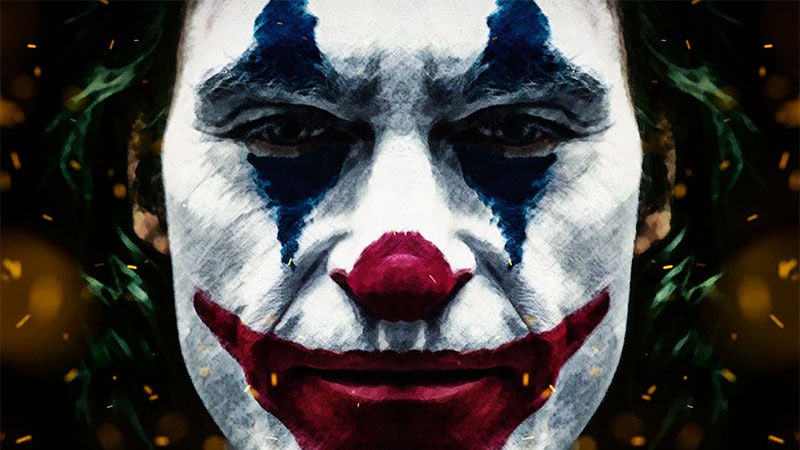Like in many parts of the world, comics are becoming very popular in Africa. Gone are the days when it was very rare to find comics created by Africans and based on African characters, cultures, settings and general ways of life. It used to be a nightmare for comic book lovers on the continent to find African comics easily, and it was even worse when consistency was put on the table. Thank God, some light has come in to illuminate some of the dark spots of the African comic book industry. There are still issues of production, distribution and overall consistency, but so much has changed today, making African comics garner more respect and recognition than ever before.
Generally, comic book fans often find themselves drawn to the same characters and stories. Superheroes, fantasy, sci-fi, romance and slice of life are some of the most popular kinds of comics that fans have been served over the years, and these stories have been dished out in particular patterns while incorporating particular tropes that fans have grown to love. But, in the middle of all of this convention, African comics bring a breath of fresh air to the game. The cultures, settings, characters and even stories are generally different from what is currently mainstream as far as comics are concerned. African comics may therefore be more available now thanks to the increased consistency in production and distribution. However, since they are very different from other mainstream comics from the West and East, is there really a market for African comics?
The answer is an emphatic yes! In recent years, African comic books have seen tremendous success both in Africa and abroad. From South Africa’s “Kwezi” to Nigeria’s “Guardian Prime” passing through Cameroon’s “Anaki”, these titles are gaining traction with fans of all ages from different parts of Africa and the world. African comics are therefore growing tremendously. However, the question remains: What do African comics do that provides an attractive market share to them? Lets see a few answers below.

African comics offer something special that traditional Western superhero stories don’t: they provide readers with insight into the culture of their creators while still delivering thrilling adventures full of action-packed drama and suspenseful plotlines. These tales feature unique characters who reflect the diversity found throughout many parts of Africa; from modern day superheroes like BOXSA to ancient gods like Anansi or Mami Wata, these heroes represent various aspects of African culture in ways that no other medium can match.
Additionally, African comic books have been embraced by major publishers such as Dark Horse Comics which recently launched several YouNeek Studios IPs in print like Malika: Warrior Queen, EXO: The Legend of Wale Williams and Iyanu: Child of Wonder. Added to this, there are also independent publishers such as Omenka Comics which has released several critically acclaimed titles featuring Nigerian superheroes since 2017 . This means more access for readers around the world who may not be able to visit or experience first hand some aspects depicted within these works—but still want to explore them through art form available on paper or online platforms.

As a demonstration of the attractiveness of African comics and the availability of a market for them, let’s examine an example on the African continent. There are a few African comics companies that have invested in the production of digital comics. A good example is Zebra Comics PLC. This company has launched a mobile application for android and iOS devices, and a website where they publish original African comics on a regular basis. With this platform, the company has been able to attract thousands of users who read African comics on a daily basis. It is interesting to note that a large percentage of their readers come from outside the continent. Countries like the United States, India, Brazil and the Philippines are notable markets where Zebra Comics PLC’s African Comics are consumed, on a daily basis. The numbers are great and they keep growing. Evidence that there is indeed a market for African comics out there.

The African comics landscape is witnessing a current surge in interest from both creators and consumers of comics. This is principally because these comics present a unique take on storytelling, incorporating aspects of African culture and traditions, and thereby rendering it unique. This innovation in storytelling, despite the fact that it deviates from mainstream comics, is still very attractive to comic book lovers as a whole, as we see through numbers obtained through different digital comics platforms. So, if you have been reluctant about reading or investing in African comics, now is definitely the time to hop on the bandwagon and enjoy all the goodies that African comics have to offer.




















































